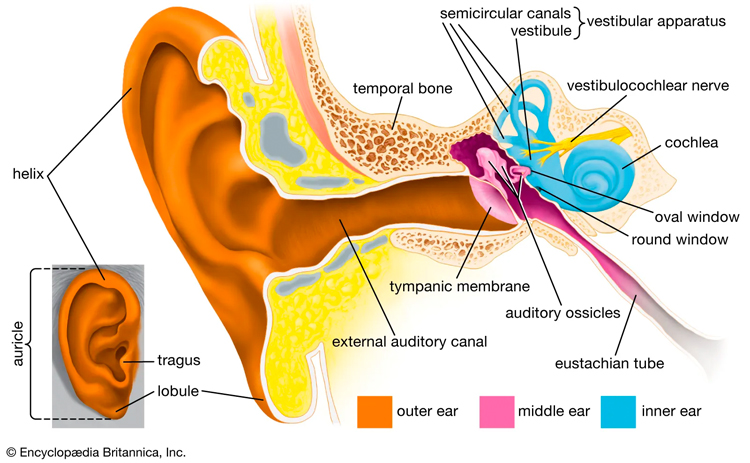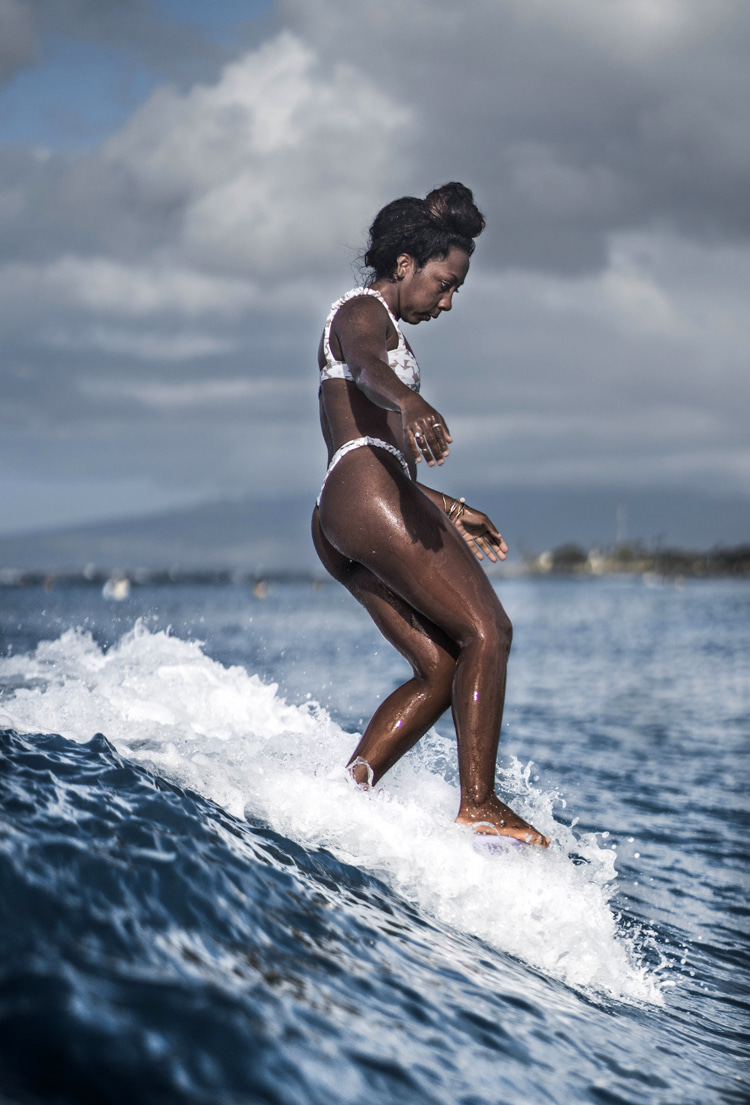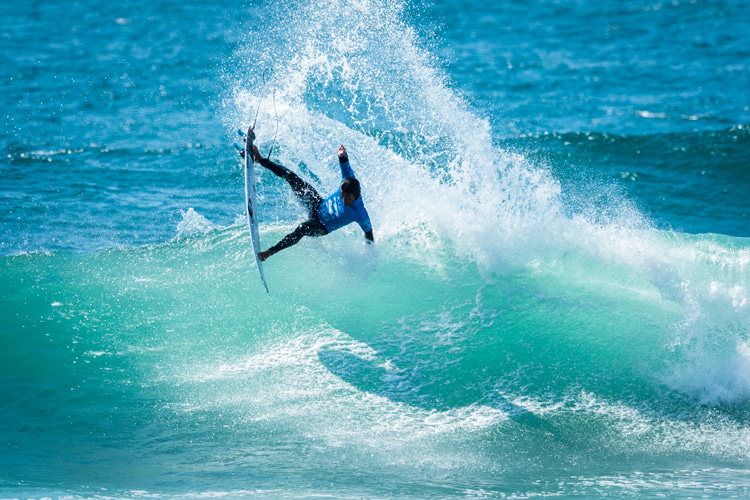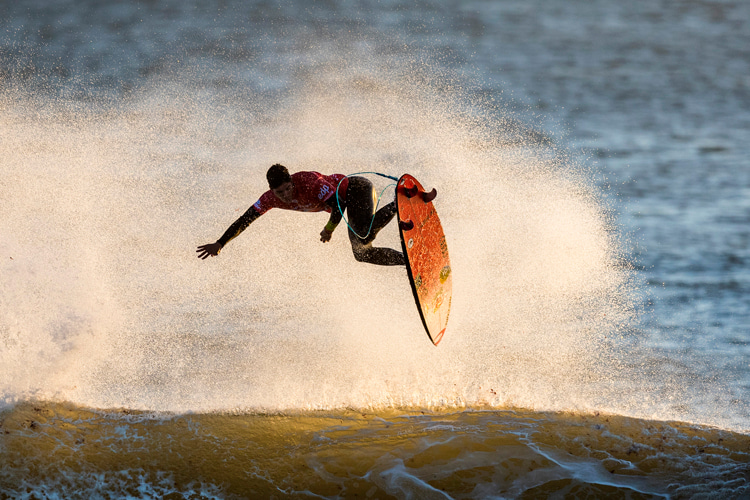Maintaining balance is essential for everyday activities such as walking, standing, and bending over, as well as for more complex movements, such as surfing or skateboarding.
But how do surfers get used to lying on a surfboard, popping up, and riding a wave? And how can you not fall while standing upright on a skateboard?
Balance is a fundamental aspect of human movement that involves the integration of various sensory inputs, including:
- The visual system;
- The vestibular system;
- The somatosensory system;
The human balance system primarily involves the vestibular system, located in the inner ear, and the somatosensory system, which provides information about the position and movement of the body through sensory receptors located in the skin, muscles, and joints.
Theoretically, the brain receives similar signals from all three components or selects the most accurate information from a combination of these balance systems.
Let's take a look at how each system impacts balance and coordination.
Vestibular System: Position and Movement
The vestibular system, also known as the labyrinth of the inner ear, consists of three semicircular canals and two otolith organs - the utricle and saccule.
These organs are responsible for detecting changes in the position and movement of the head, which is essential for maintaining balance.
The semicircular canals are filled with fluid and hair cells that respond to rotational movements, while the utricle and saccule contain hair cells that respond to linear movements and gravity.
The vestibular system plays a crucial role in maintaining balance during sports activities like surfing and skateboarding.
For example, when riding a wave on a surfboard, the body constantly moves and changes direction, which requires the vestibular system to adjust continually and provide accurate information about the body's position and movement.

Somatosensory System: Pressure and Touch
The somatosensory system provides additional information about the body's position and movement by detecting changes in pressure, touch, and proprioception, which is the sense of the body's position and direction in space.
It tells the brain which body parts are moving and touching the ground.
Proprioceptors nerves located in the skin, muscles, tendons of legs, and torso process data that helps us maintain good balance.
They communicate with both the brain and the vestibular system.
This system is critical in sports activities that involve standing on a moving platform, such as a skateboard or surfboard.
Visual System: Spatial Location
In addition to the vestibular and somatosensory systems, the visual system also plays a role in balance.
The eyes provide relevant information about the body's position relative to the environment and can help compensate for changes in the vestibular and somatosensory systems.
Interestingly, the vestibular system ensures our eyes are stable and relatively fixed on the target when, for example, we walk and our head moves slightly up and down.
Hearing Loss
The relationship between hearing issues and balance on a surfboard or skateboard is complex and can vary depending on the individual's specific condition.
However, in general, hearing issues can affect balance and make it more challenging to maintain stability on a moving surface.
The vestibular system, located in the inner ear, is responsible for detecting changes in the position and movement of the head, which is essential for maintaining balance.
In people with hearing issues, the vestibular system may be affected, which can lead to balance problems.
For example, in people with hearing loss or damage to the inner ear, the semicircular canals and otolith organs may not function properly, leading to difficulty detecting changes in head position and movement.
This can make it more challenging to maintain balance on a surfboard or skateboard, where the body constantly moves and changes direction.
In addition, hearing issues can also affect the somatosensory system, which provides information about the position and movement of the body through sensory receptors located in the skin, muscles, and joints.
People with hearing issues may have reduced proprioception, which can affect balance and coordination.
However, it's important to note that the impact of hearing issues on balance can vary depending on the individual's specific condition and the severity of the hearing loss.
Some people with hearing issues may have normal vestibular and somatosensory functions and may not experience balance problems.

Deafness
Deaf people may experience balance issues due to a lack of auditory feedback, affecting their ability to maintain balance on a moving surface like a surfboard or skateboard.
However, the degree to which deafness affects balance can vary depending on the individual and their specific condition.
Hearing plays a vital role in balance because it provides the brain with important information about the position and movement of the head.
This information is combined with input from the visual and somatosensory systems to maintain balance.
Without auditory feedback, deaf individuals may rely more heavily on other sensory systems to maintain balance, affecting their overall balance ability.
Several studies have investigated the relationship between deafness and balance, and the results have been mixed.
Some studies have found that deaf individuals have poorer balance than hearing individuals, while others have found no significant difference.
However, it's important to note that balance ability is affected by various factors, including age, fitness level, and previous experience with balance-related activities like skateboarding or surfing.
Additionally, deaf individuals may develop compensatory strategies to maintain balance, such as relying more heavily on visual cues or other sensory systems.

Switching Stance and Finding Balance
Switching the stance on a surfboard (or skateboard) can be difficult because it requires the body to adjust to a new balance point and coordinate movements differently than the previous stance.
This adjustment can be challenging for the body, particularly if the individual has limited experience with the new stance.
When switching stance on a surfboard or skateboard, the body must adjust to a new center of gravity and balance point, which can affect the body's stability and coordination.
The vestibular system in the inner ear plays a critical role in maintaining balance and detecting changes in head position and movement.
As the body adjusts to the new stance, the vestibular system may need to recalibrate to account for the new balance point and movement patterns.
In addition to the vestibular system, the somatosensory system also plays a role in balance and coordination.
This system provides information about the position and movement of the body through sensory receptors located in the skin, muscles, and joints.
When switching stance, the body may need to adjust how it senses and responds to movement to maintain balance and stability.
Finally, switching stance also requires the body to coordinate movements in a new way.
The body must learn to adjust its foot placement, weight distribution, and movement patterns to maintain balance and control.
This adjustment can be challenging and may require practice and repetition to master.
